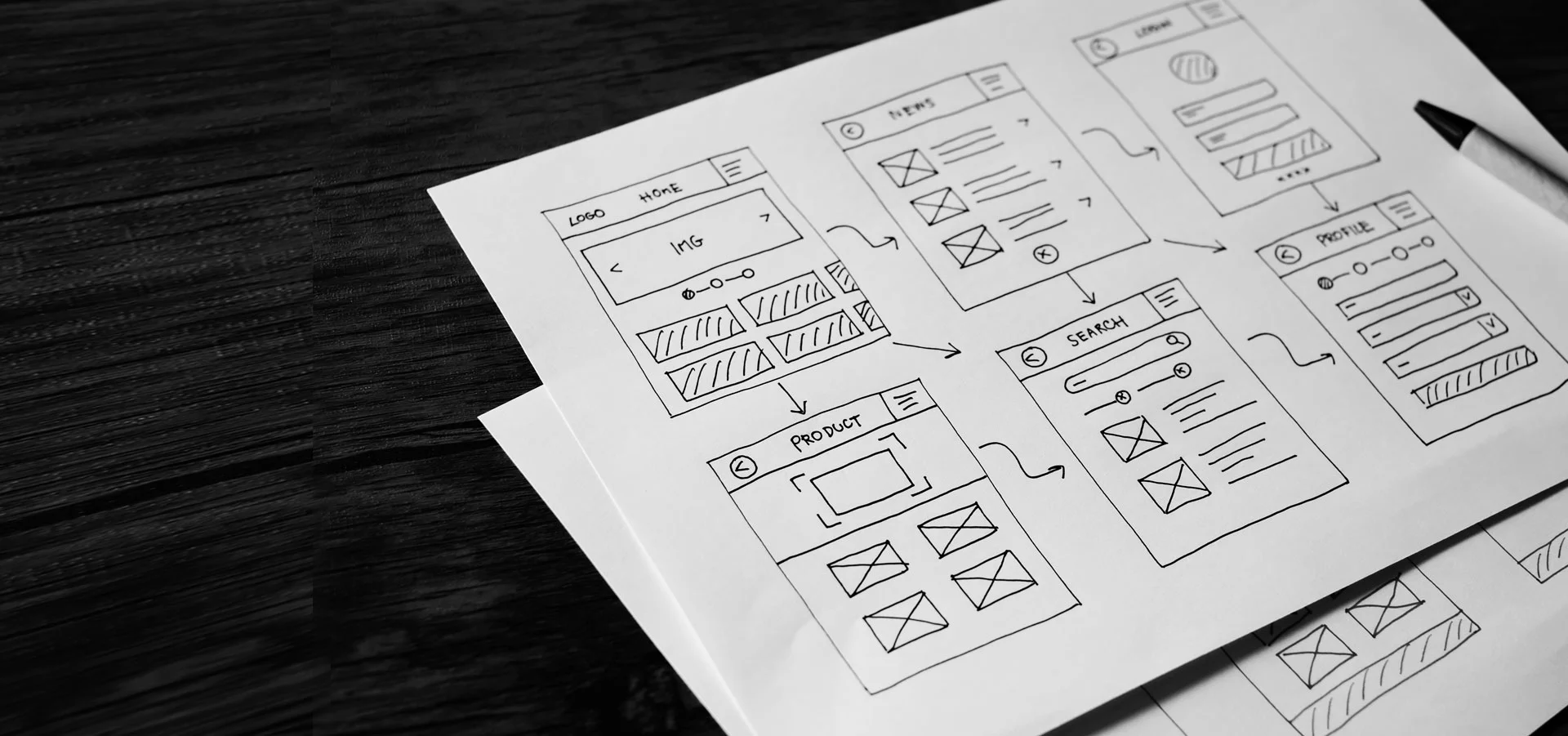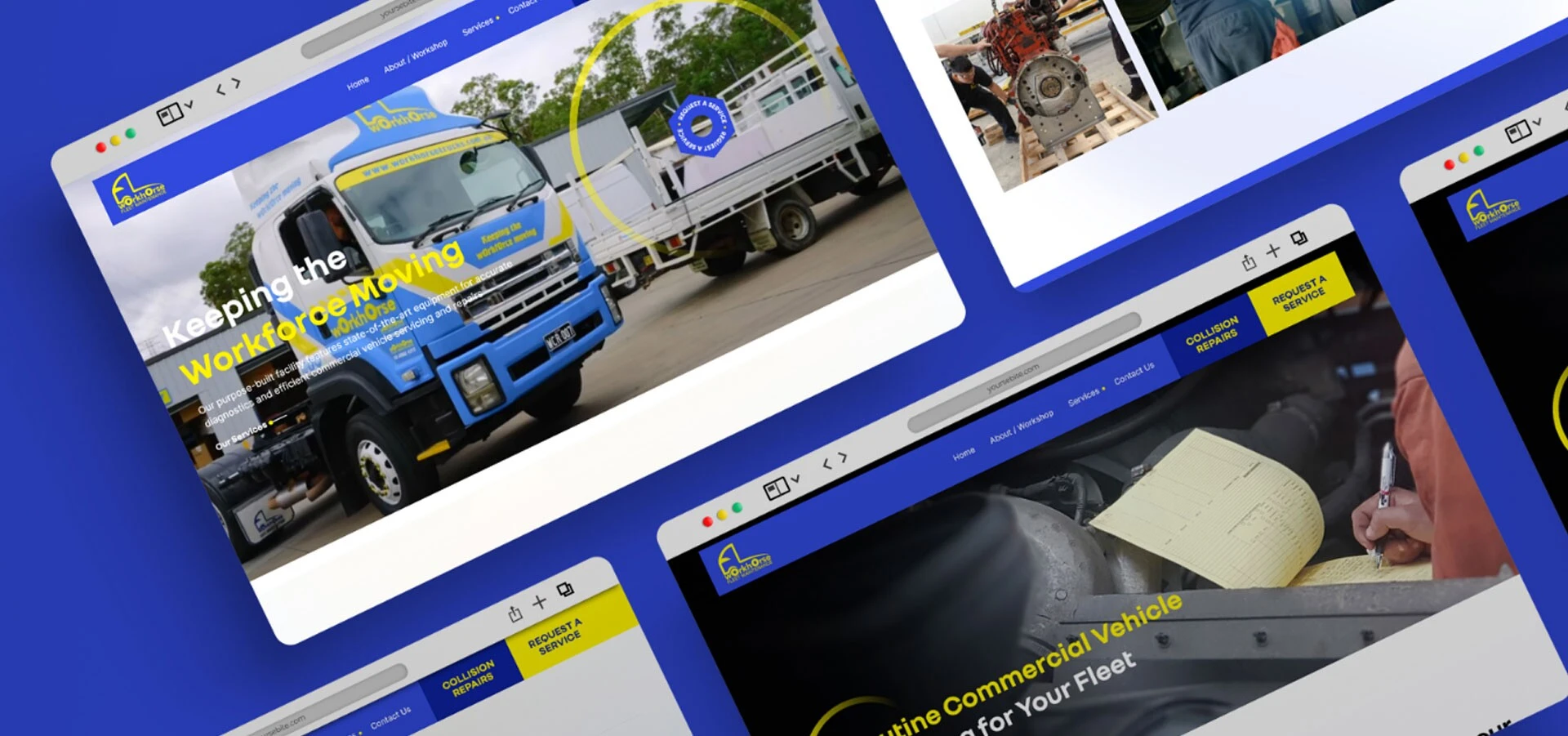The Impact of Responsive Web Design on SEO and User Engagement

The explosive growth in mobile technology and landscape has catalysed an intense push in responsive web design over the past few years. With Google’s adoption of a mobile-focused indexing model, delivering a mobile-optimised experience has become more significant.
What is Responsive Web Design?
Responsive Web Design (RWD) is a strategic solution to address this paradigm shift. When constructed effectively, RWD is a major driver of user engagement and SEO. In this blog, we explore RWD and its expansive impact in greater depth.
RWD involves the construction of websites that intelligently adapt layouts, content and images to look consistently remarkable across all devices from mobile phones to desktop PCs.
Responsive websites detect screen sizes and adjust as required through flexible grids, relative sizing etc. This enables brands to deliver a unified consumer experience that seamlessly caters to all visitors on the fly. As the digital landscape evolves, we can observe the importance placed on RWD. In particular, Google actively advocates for responsive delivery through their prioritisation of mobile-optimised sites for ranking algorithms.
Impact of Responsive Web Design on SEO
With the introduction of ‘page experience signals’ specifically designed for evaluating responsiveness and mobile friendliness, Google sends a clear message: Adaptive consumer experiences are non-negotiable. To attain the coveted first page search result, responsive design is now a necessity for aspiring brands.
Apart from specific criteria for prioritisation, how is SEO affected by RWD? In terms of tangible SEO effects:
- Consolidating platforms helps reduce duplicate, thin content issues
- Streamlined code leads to faster loading speeds
- Reflow design cuts intrusive pinching allowing for better navigation and time on-site
- Call-to-action placements increase click-through rates
All of these benefits feed into the core SEO metrics of lower bounce rates, longer average sessions, increased click-through rates etc. Subsequently, RWD has become a fundamental investment for brands looking to make waves in the digital ocean. Furthermore, RWD extends further than just SEO advantages.
Impact of Responsive Web Design on User Engagement
With constant innovation in the technology space, new devices and screen sizes are always on the horizon. More recently, the rise of foldable phones means a larger demand for sites that can accommodate a newer screen size.
RWD grants brands the renowned scalability that every industry glorifies. By having the ability to adapt to any screen size and device, businesses simplify the paths to conversion for any consumer. Considerate user experiences focusing on ease of access empower businesses with value deliveries of products and services across multiple contexts.
Things to Consider for Responsive Web Design
Some common issues that call for responsive design involve content jumps, overlapping elements, hard-to-read text, bad formatting, etc. It is important to examine content at different aspect ratios and magnifications to understand how your responsive website design functions for all users. When developing responsive styles, designers should look to envision a mobile version first.
Conclusion
The dynamic nature of the digital and tech world ensures that adaptability and responsiveness remain vital. Delivering device-agnostic experiences continues to become a fundamental requirement for all brands.
Responsive web designs effectively promote and naturally generate leads and sales. Are you missing out on these opportunities? Don’t fall behind in the ever-evolving digital landscape. Let’s discuss how Designpluz can achieve responsive design tailored to your brand’s industry. Contact us today.

